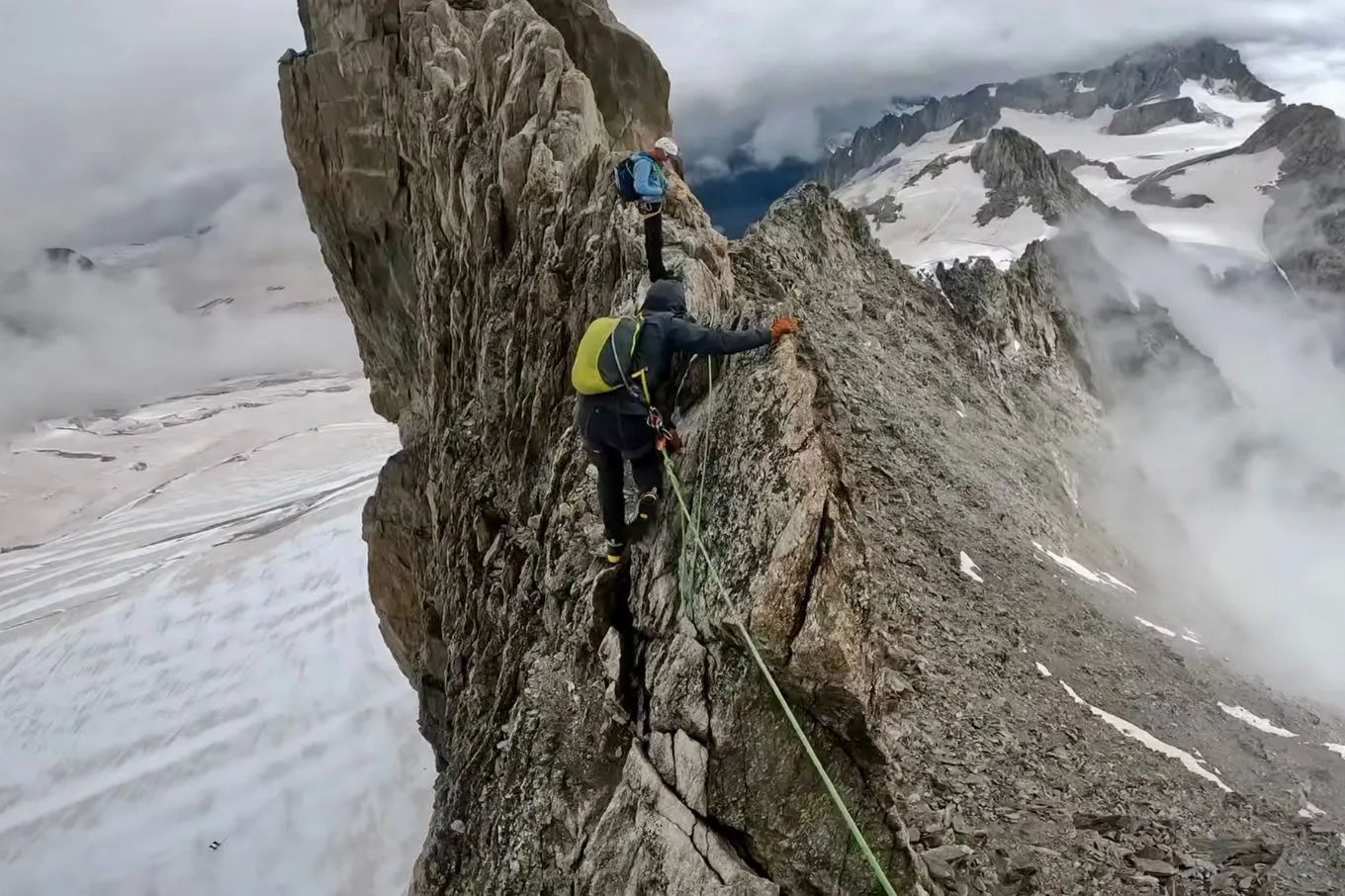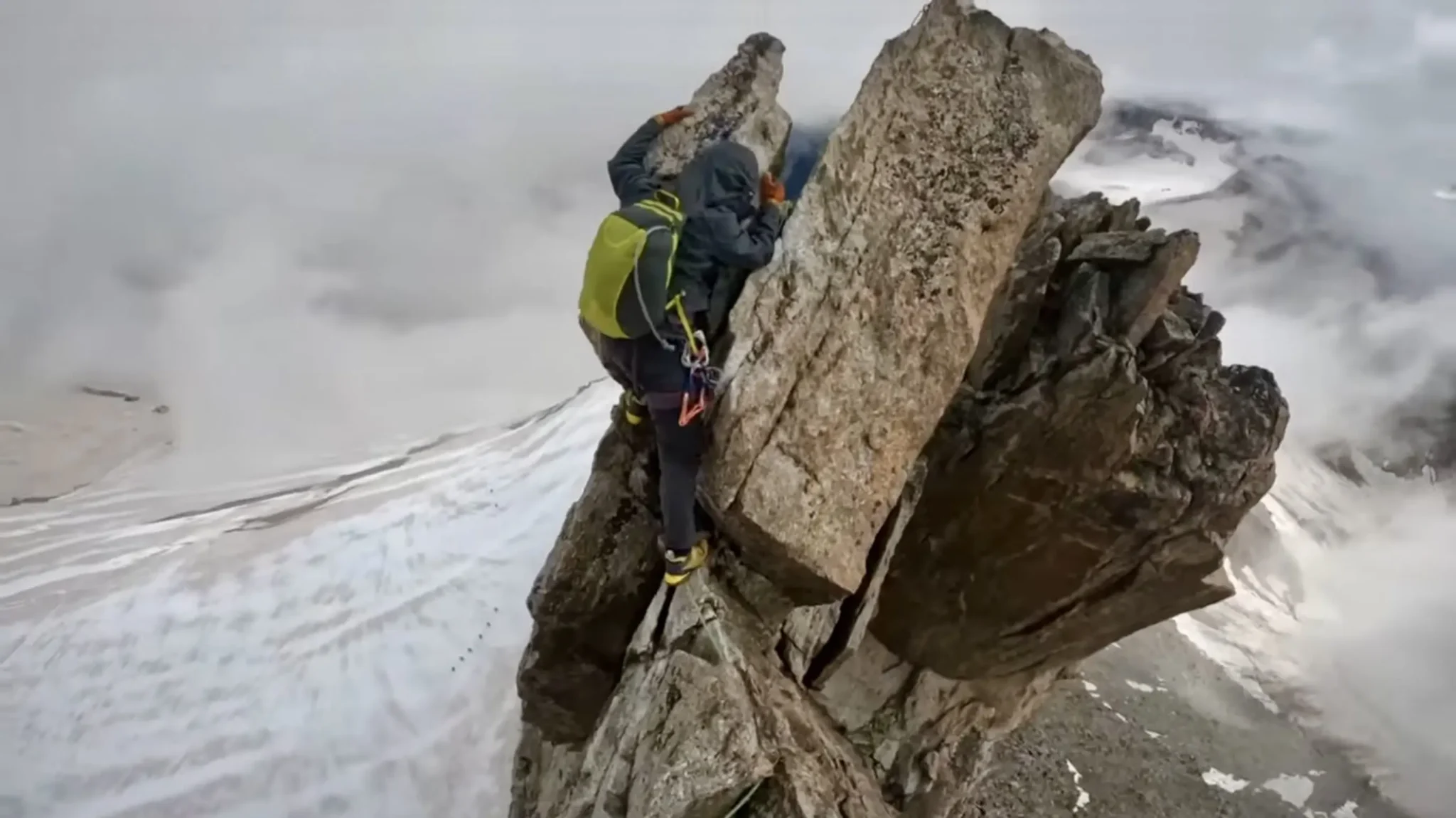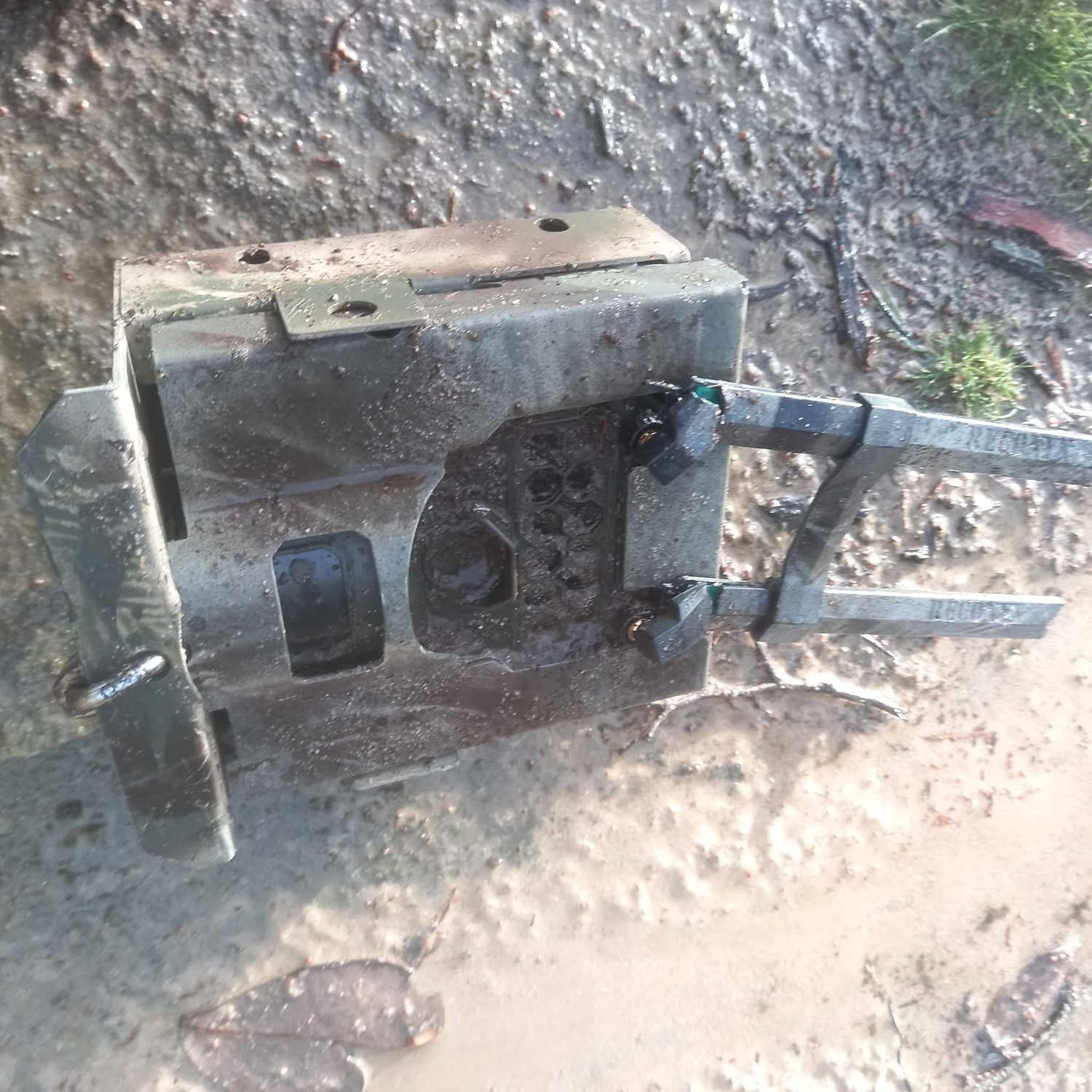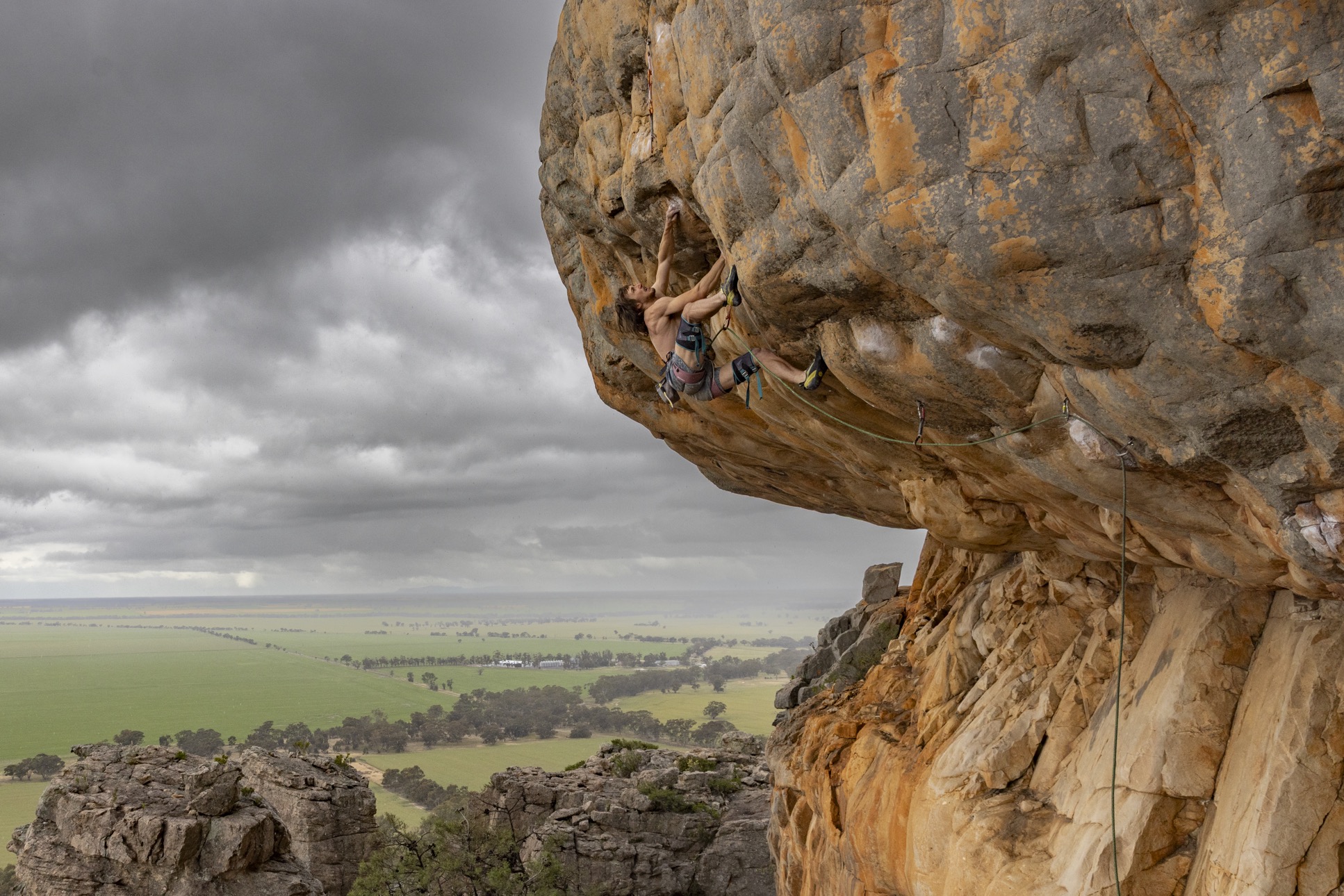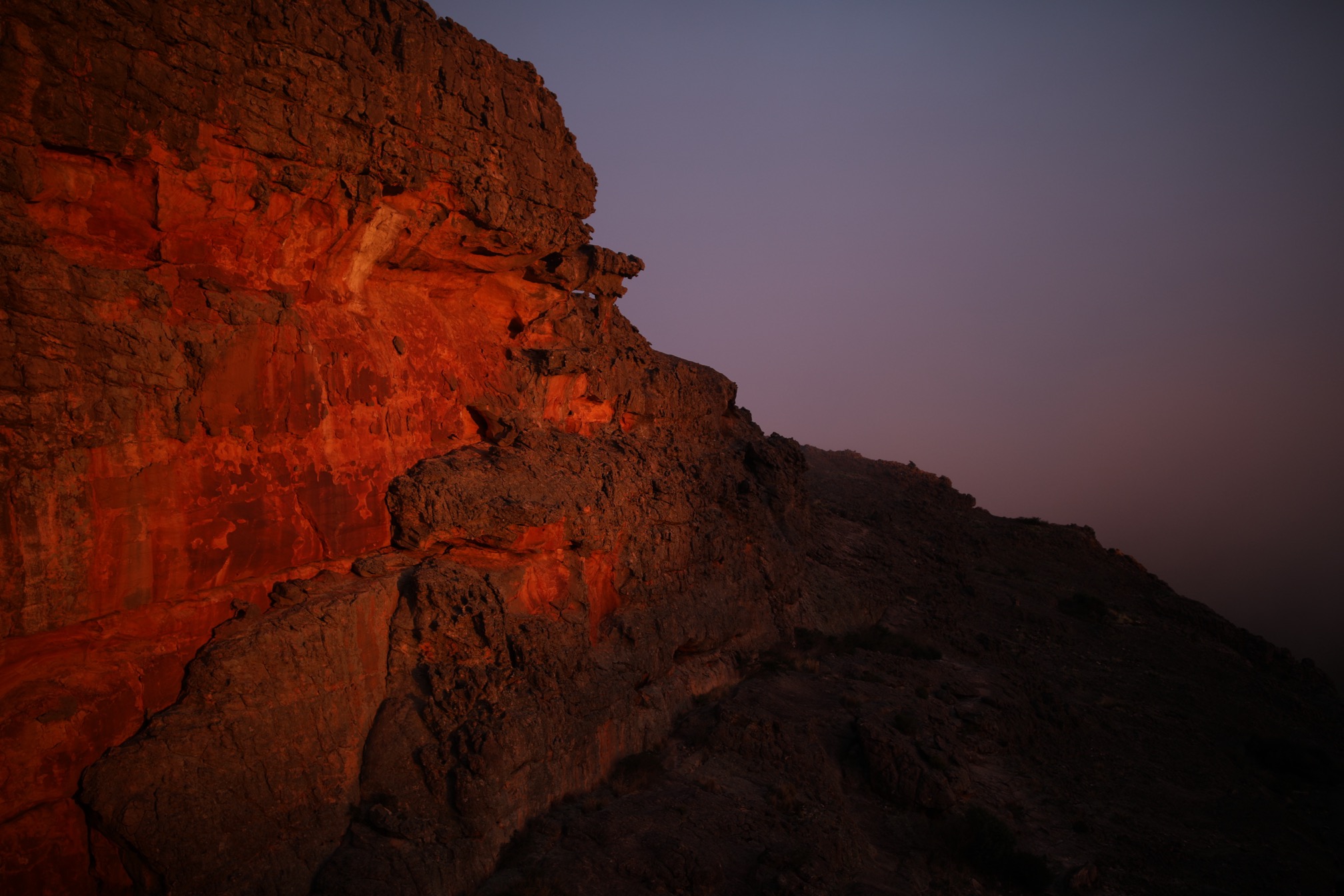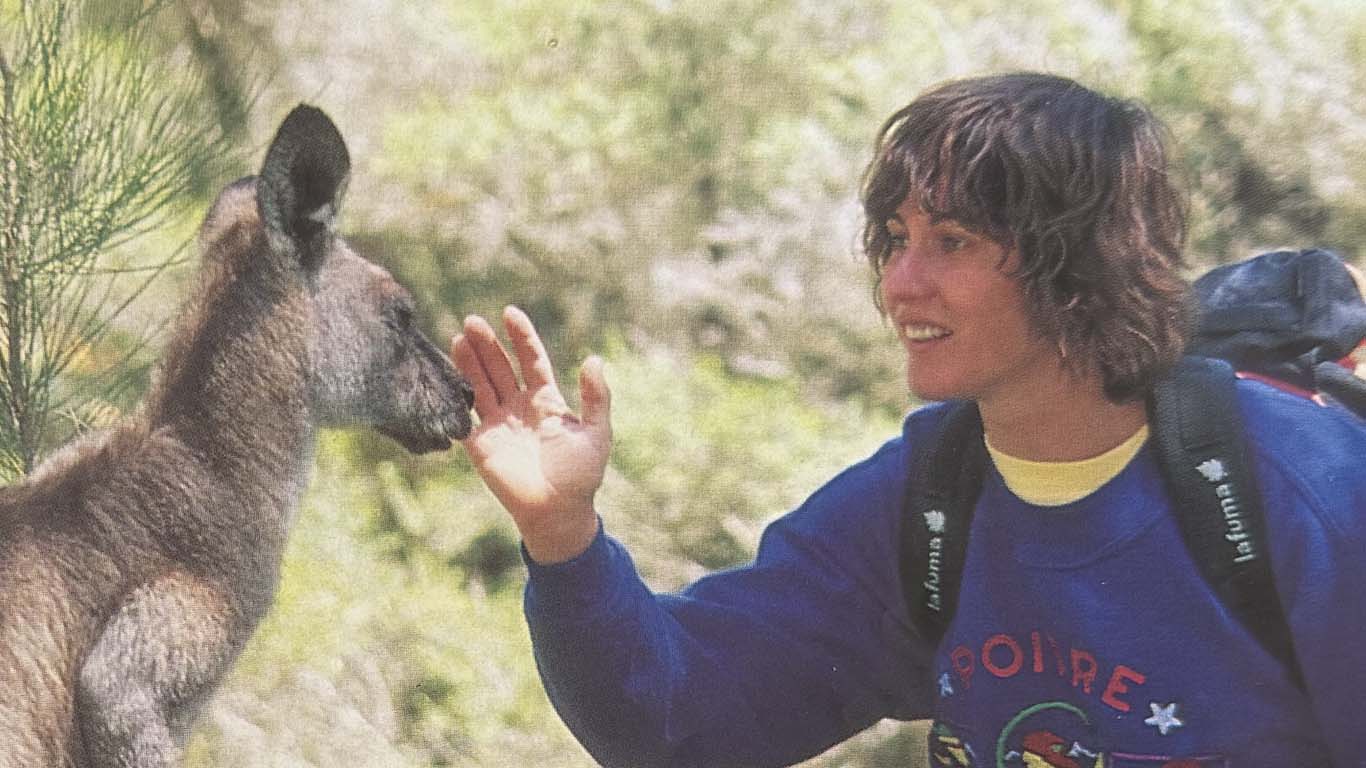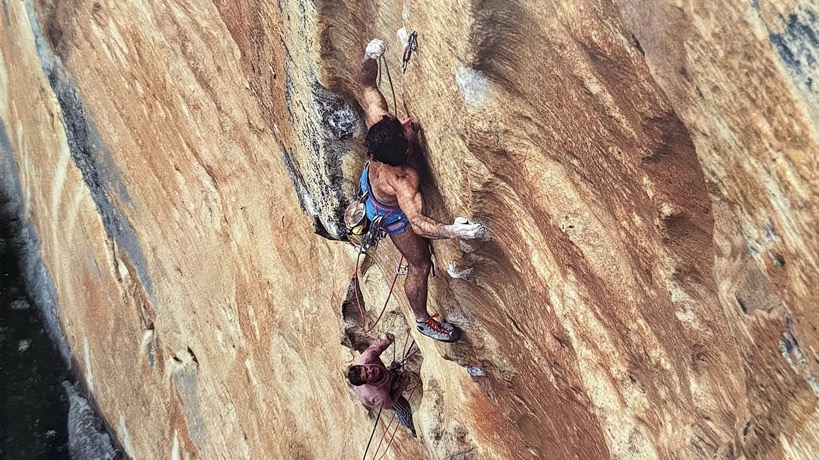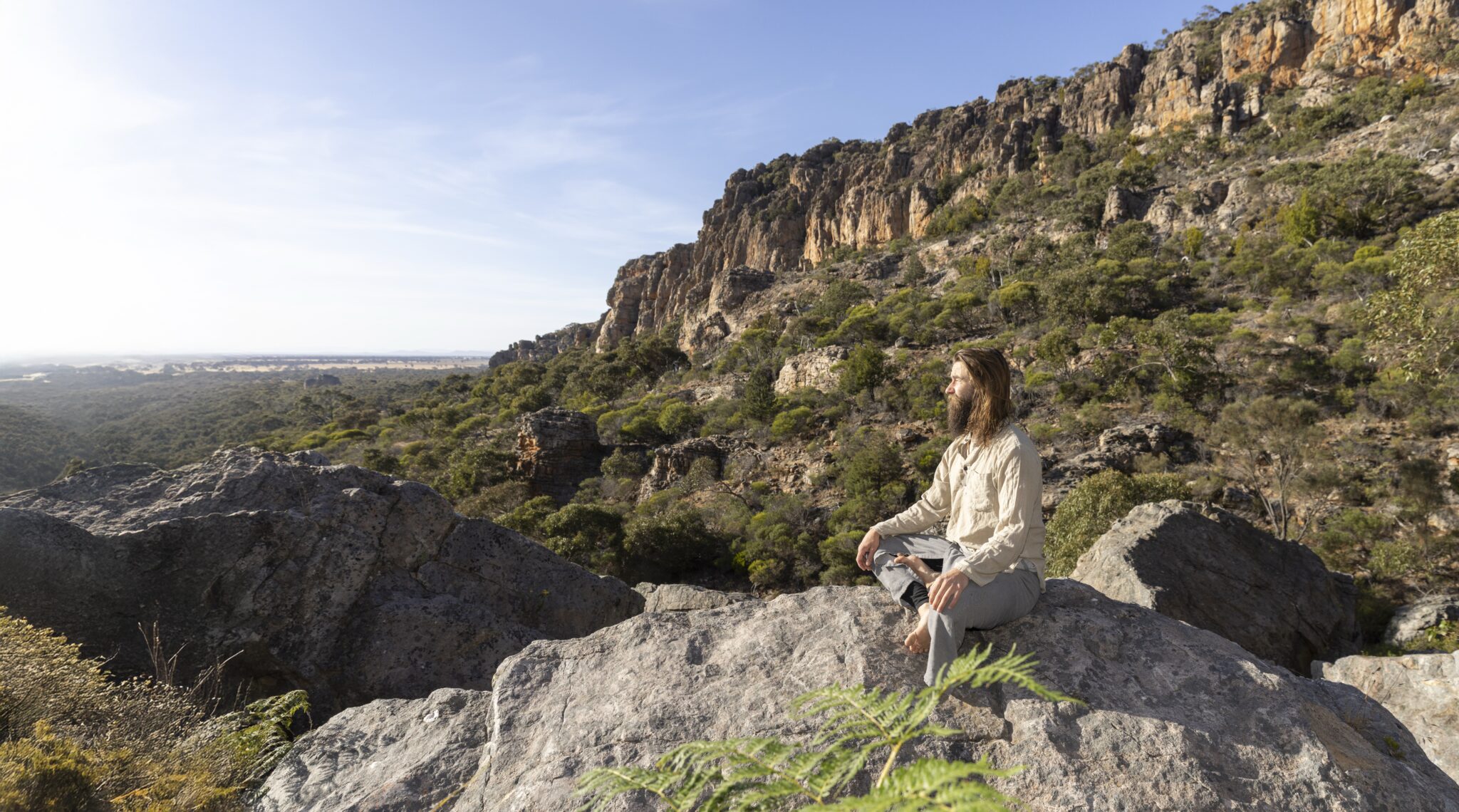Climbing Evolution How the Sport Has Transformed Over Time
(This story originally featured in Vertical Life # 48)
The Olympic climbers were headed to the finals as we put the finishing touches on this issue. In fact, in a multitasking success story I managed to knock off some major edits while shrieking in excitement through the first round of bouldering.
The idea of climbing featuring in the Olympics is unlikely to have ever crossed the minds of older climbers back in the day when it was a dangerous, somewhat rebellious, pursuit. Whereas newer climbers might have started at the gym post-2021, when climbing was already an Olympic sport broadcast to an audience of millions.
Climbing can feel like a fast-evolving sport. I mean, who had even heard of speed climbing four years ago? I sure hadn’t, but gosh it was exciting to watch live as records were broken, then broken again!
Even in my 12 short years climbing, I’ve seen changes… Climbing gyms seem to have more of a gender balance for a start. There’s more of them too—new bouldering gyms are springing up like chalky mushrooms. This means there’s more climbers whose focus is gym climbing—rather than use the gyms to train for real rock routes, pulling on plastic is a growing sport in itself. There’s still plenty more people heading outdoors too. As a result of this, it seems awareness is growing around negotiating access to crags appropriately and consulting with traditional owners, especially before bolting new areas. (Head to page 20 to read more about how Dave Barnes approached this when he wanted to develop a new crag.)
I’ve also seen changes in myself through my years climbing. They happen gradually, but one day you suddenly realise real development has occurred. A few weeks ago, chatting about multipitches with a new gym climber, I explained the concept of the hanging belay to him. “I want nothing to do with that!” he exclaimed, a look of horror crossing his face.
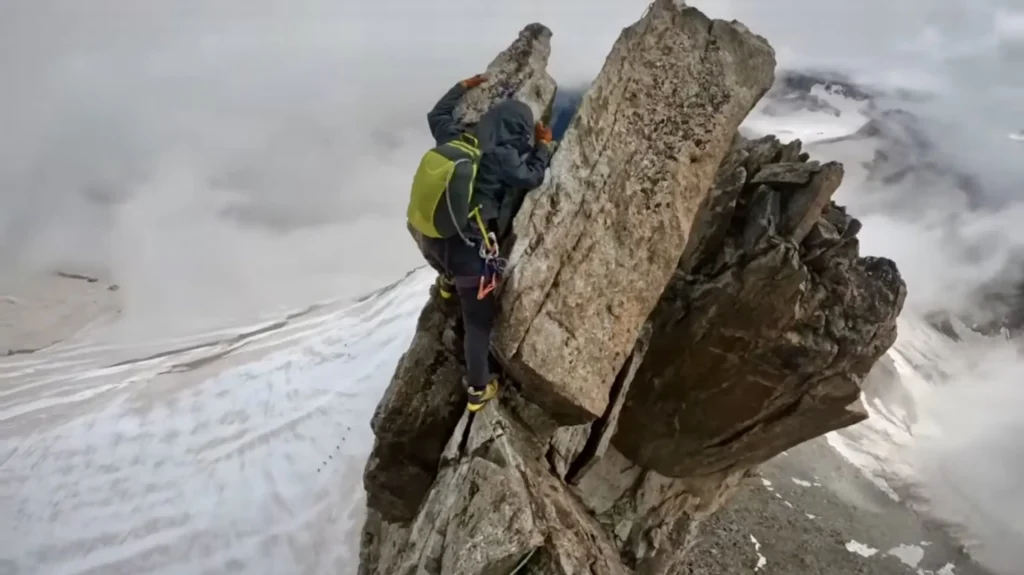
Eleven-and-a-half-years ago I would have had the exact same sentiment; these days a hanging belay feels perfectly natural and secure. It’s not just because I’ve learnt some technical skills and gotten used to heights though. Along the way, I’ve learnt to manage fear, assess risk, make judgements about who to trust as a climbing partner—all skills that flow into life off the wall as well.
So, I guess what I’m trying to say is that our sport evolves and we evolve through our participation in it. This is something that is reflected across the stories in our spring edition. Keith Bell takes us through climbing history with his reflections on the Warrumbungles, with first ascents protected by pitons, when a grade 17, pioneered in 1962, was the hardest route in Australia. Then Ben Cossey gives us a reminder of how much has changed in just a few decades with his first ascent of Light Weight Baby, grade 34–now Arapiles’ hardest climb.
Elise Marcianti explores how leaning into fear and instability on a highline, rather than fighting against it, helped her to stop fighting complex emotions on solid ground too. Letting it flow through her helped keep physical and mental balance. We also get behind the scenes of the 2024 Climbing Film Tour, chatting to Australian and NZ filmmakers whose offerings all explore the human element and how we evolve in our sport, in one way or another. Taking up climbing in his 50s, Ian Elliot sends a 28 before his 70th birthday; Sefton regains mobility with a ceramic hip replacement and discovers he can climb better than ever before; and Christian McEwen takes up on a visually stunning climb up an epic route—but one that at grade 14, as he explains, is achievable for most climbers despite how it looks.
Read on… and contemplate what the future might bring, for climbing and for you.
This story originally featured in Vertical Life # 48. Grab your copy here

